At this time of year, when the days are short and gloomy, I like to look back at the encounters I’ve had during the year and try and choose my favourite image.
Every year, it gets harder. Do I choose the best photo, or the rarest or most unusual species? Or the picture that was the hardest to get? In the end, I always choose the image that brings me an emotion, an image where I’ve felt elated or tearful or awestruck. The natural world should be something that rouses us. It should be the thing that makes one day different from all of the others.
And so to the shortlist.
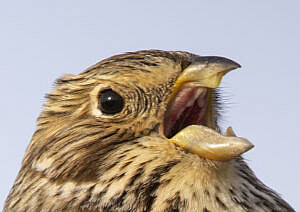
At the beginning of the year there was a corn bunting, singing so close to my car that I could have reached out and touched it, so close that I could see the particular shape of its beak, perfectly designed for crushing seeds. January also brought a resplendent male redstart, putting even the gothic splendour of Gloucester Cathedral into the shade.
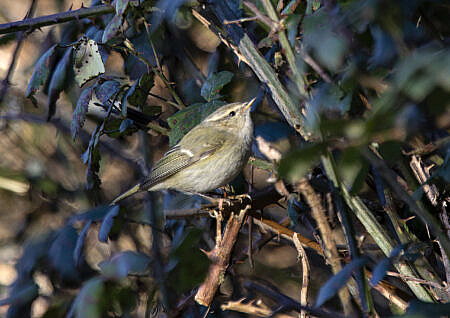
A Hume’s leaf warbler had the rarity factor, while a Sabine’s gull was completely at home with me sitting just feet away. A shorelark, a white-rumped sandpiper and a female Dartford warbler completed a good run of February birds. But it was a weasel that stole the month for me as it darted at great speed back and forth across a path.
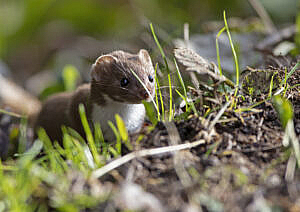
March brought adders and an itinerant night heron, but the month was taken by one of a run of hares whose antics kept me entranced, and photographing them, until well into April.
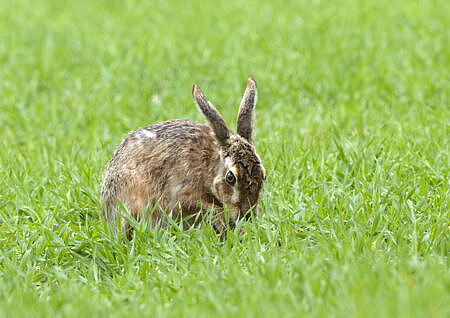
In the end, though, April itself was taken by the beauty and stillness of a barn owl on a post, a complete story told in stillness and pastel shades, and this year’s runner-up.
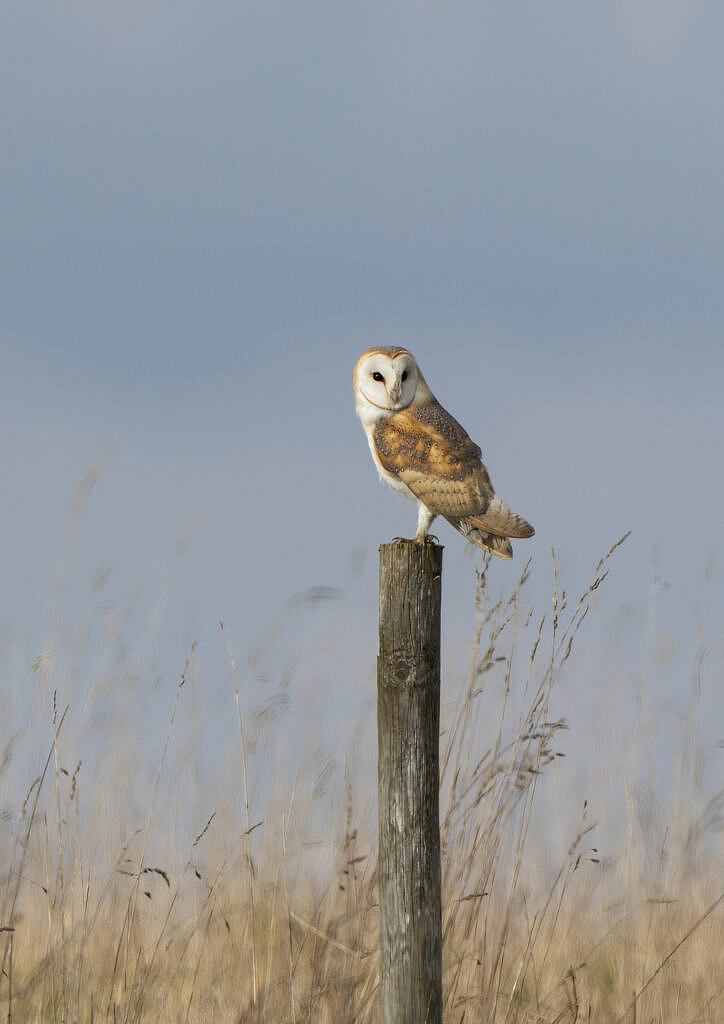
May stormed in with the elusive and decidedly odd-looking stone curlew whose unceasing industry in feeding and defending its chicks was something I could have watched forever.
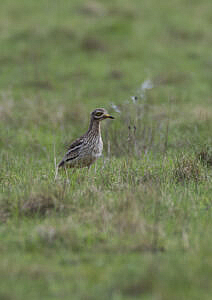
It gave ground to a very beautiful and tractable bottle-green male sand lizard,
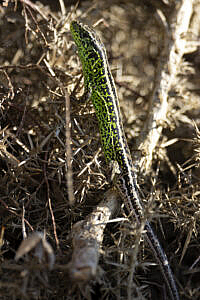
but on the very last day, May was stolen by the comic black-winged stilt, a bird aptly named after its absurd legs.
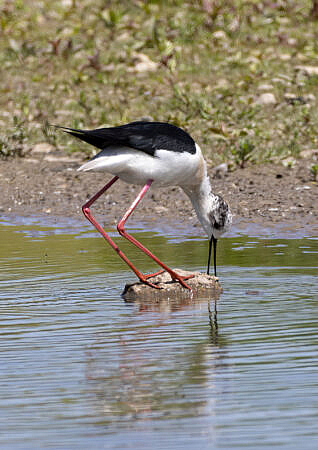
June kicked off with a trip to see black squirrels, a genetic variant of the grey that is slowly spreading across the country; and then bathed in a cloud of swifts skimming the Norfolk coast, mating pelicans, and a red-backed shrike determined to pose for adoring cameras. A late challenge from a herd of highland cattle grazing in a sea loch nearly won the month,
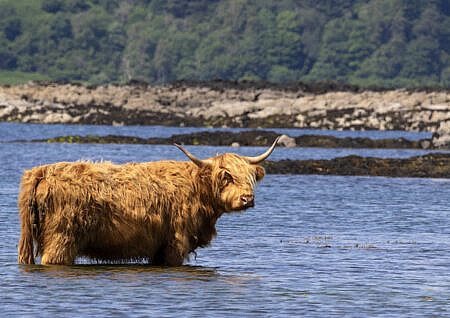
as did a low pass of the “flying barn door”, the white-tailed sea eagle, and a close encounter with the extremely rare Slavonian grebe. Breaching dolphins, a twilight encounter with a Pine Martin, grazing red deer, mountain hares,
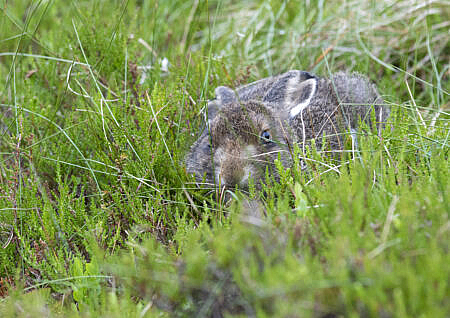
the enormous ‘oak eggar’ moth and an unexpected shot of a ptarmigan made June the hardest month of all to choose from, and in fact, June’s winner was to take the prize for my photo of the year, of which more shortly.
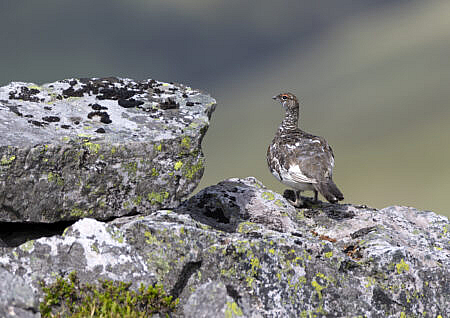
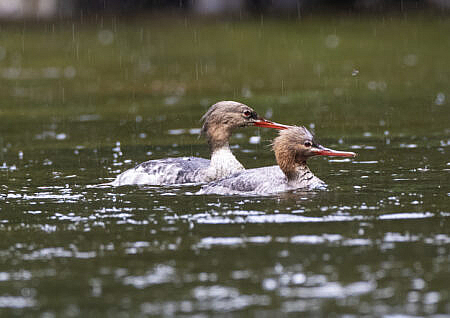
red-breasted merganser
The first day of July almost brought the month’s winner in a close encounter with a pair of red-breasted mergansers. Spotted redshank and ruff tried and failed, as did stunning male brown hairstreak butterflies, but in the end, it was a mid-month encounter with arguably Britain’s rarest bee, the shrill carder, flying into an everlasting sweet pea flower that took the silverware.
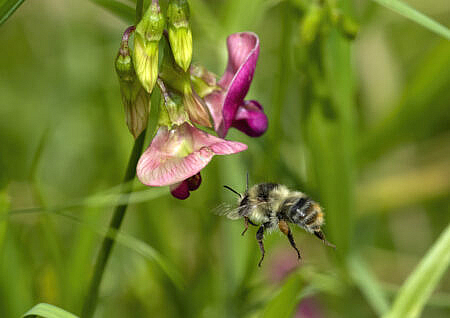
August’s dire weather meant competitors were few: a pectoral sandpiper made a bid for glory, but a rare burst of sun produced a sunbathing common lizard that took the prize amongst a weak field.
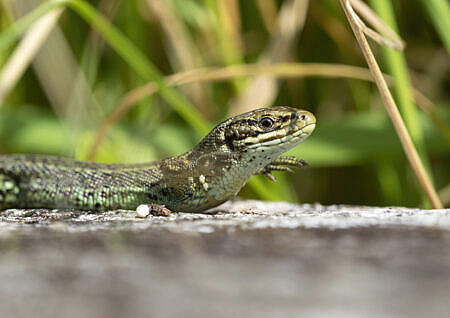
September was a completely different month, with ivy mining bees, a pair of nesting peregrine falcons in a quarry, and a very close encounter with a grey phalarope. Surprisingly it was not an image of a willow tit, the only “tit” I had never seen, that took it. Instead, it was a midmonth photo of a wasp spider with its otherwordly poppy-seed-head egg sac, that proved to be one of the year’s hardest shots to get, and the September winner.
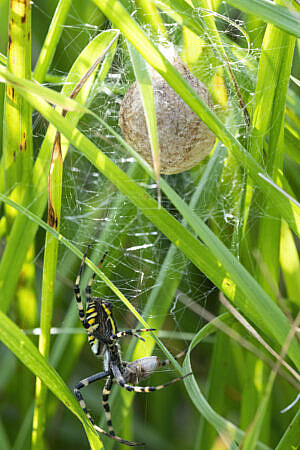
October brought a fox cub, a narcissistic snipe, a line study of a New Forest pony
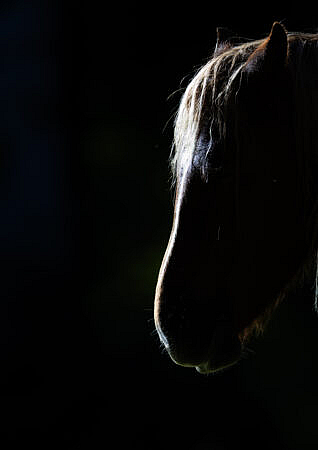
…and the usual red and fallow deer. The otter cubs appeared again – you can never have too many otter photos – but it was the month-long stopover of the surprisingly colourful and rare juvenile purple heron that made October truly special.
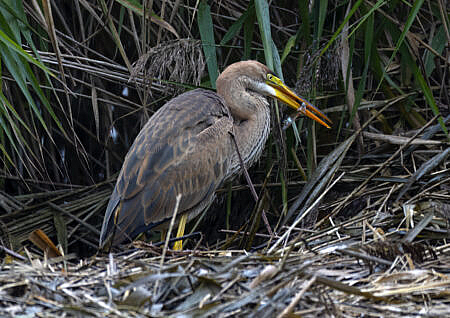
By contrast, short-eared owls and more otters only just stopped November being a complete washout.
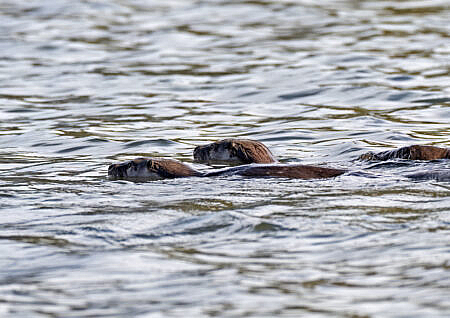
December nearly followed suit but was rescued by a trip to Norfolk which brought waxwings – a bird I have long wanted to see – and the bar-tailed godwit that had so often eluded me in the past.
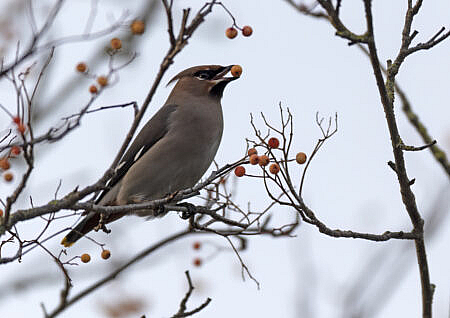
In all, 2023 added 30,000 photographs covering 102 species, 37 of which were new ones for me. I have now seen and photographed 66% of Britain’s terrestrial mammals, 34% of the British list of birds, 75% of Britain’s reptiles, and all of the butterflies and dragonflies. And yet, I have barely scratched the surface of what Britain has to offer.
And so for my photo of the year.
I like it because of its rarity. But I like it more because I can still feel how my heart pounded when I saw it. A tipoff from some campers who had been kept awake by its buzzing calls; a little fieldcraft, a lot of patience, and an insane dollop of luck produced not just a photo of the notoriously elusive and extremely rare corncrake, but the closest of encounters with a singing male who emerged in front of me, and then actually stopped and serenaded me. This is a photo I never expected to get, and If I live another century, I will never experience its like again. One of those creatures that is just clinging on to existence, less than a thousand singing corncrake males survive their migration from sub-Saharan Africa to Scotland each year. So here’s to the corncrake. It’s not the most photogenic creature of the year, but it is noisy, reclusive, and truly wonderful.
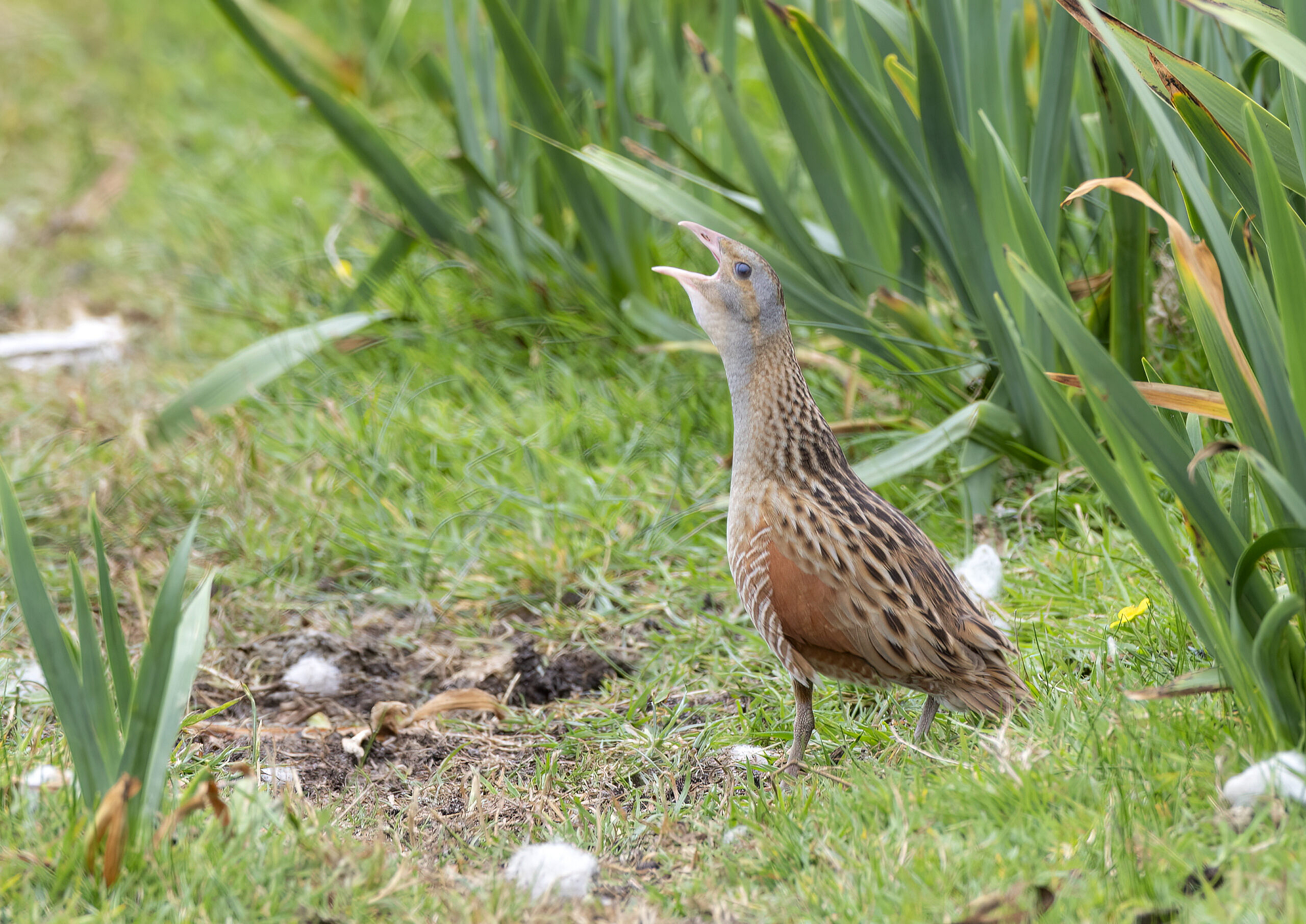
corncrake
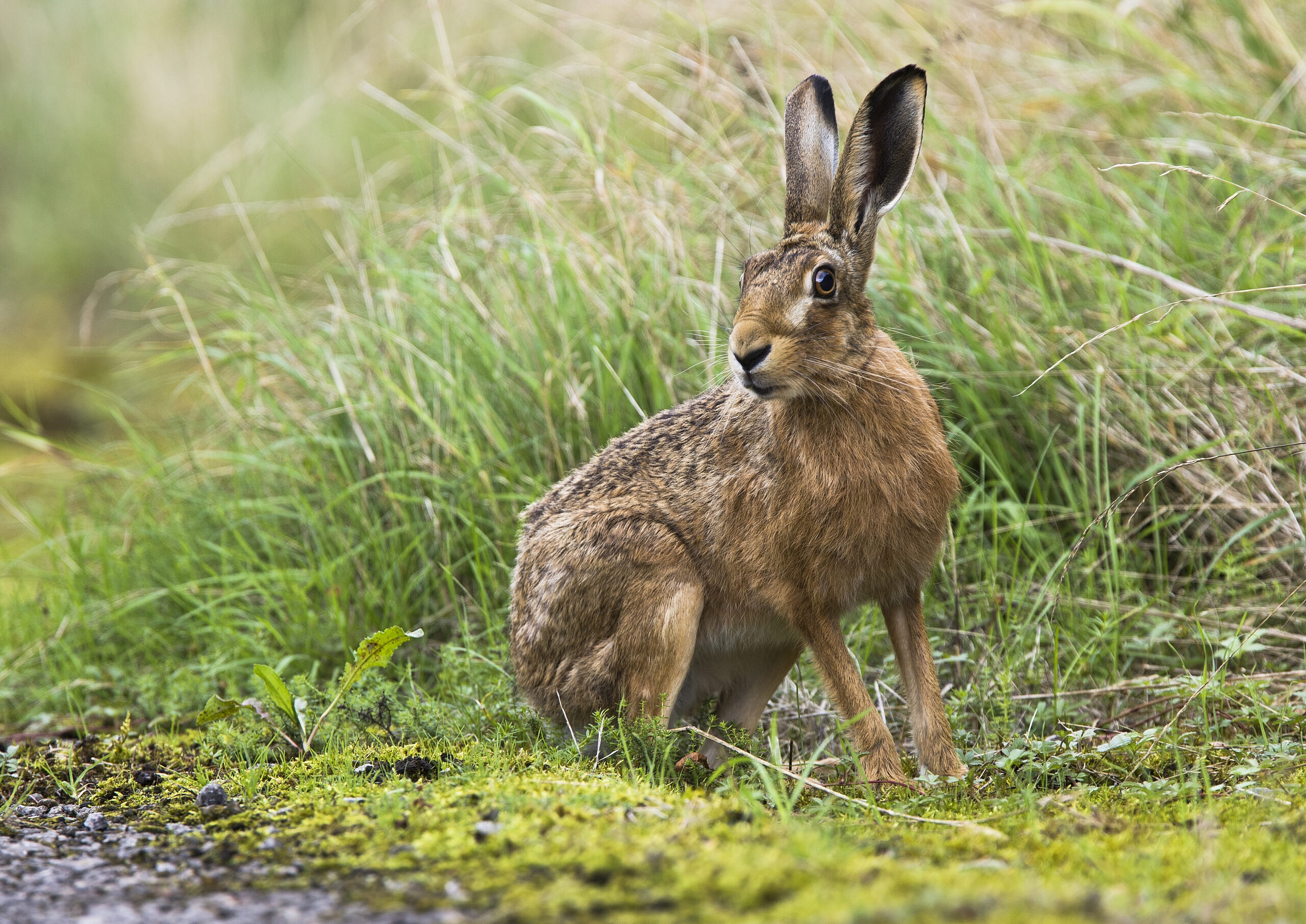
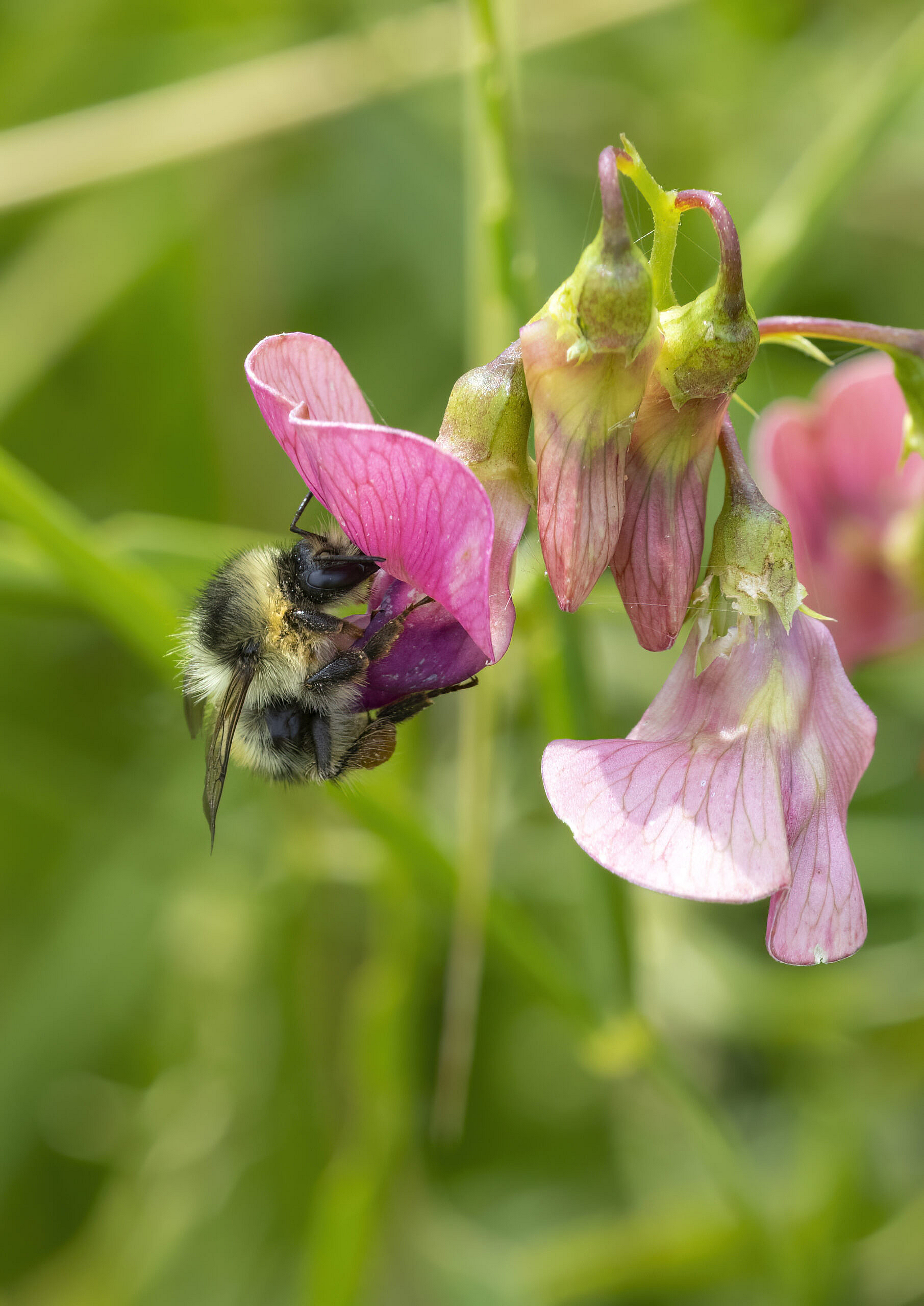
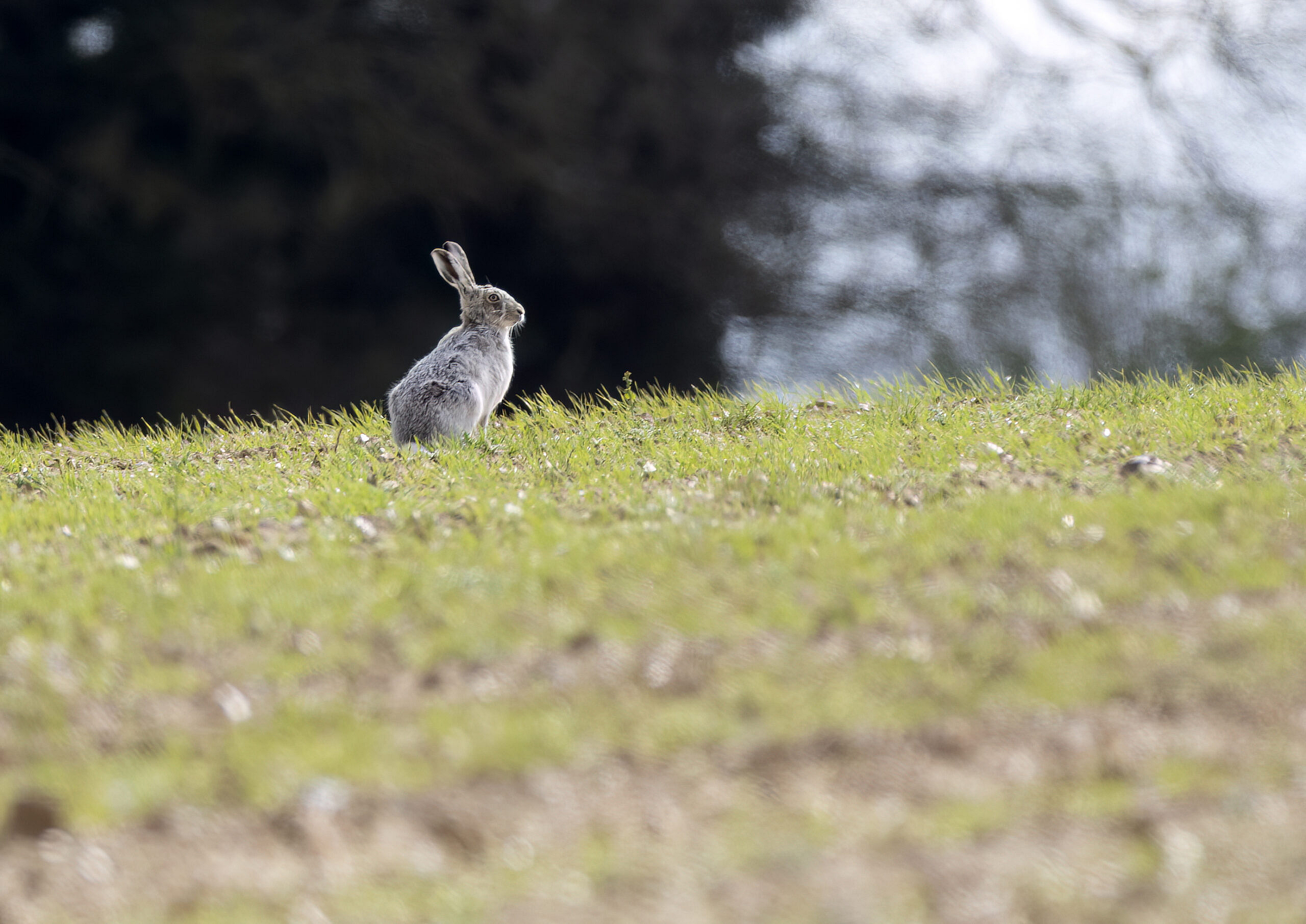

1 comments On Picture of the year, 2023
That is a great photo and your words make it clear why it should be your winner, what an amazing capture 👏
I’ll stick with the mammals though and your new forest pony is superb closely followed by the weasel because they’re so cheeky.
I look forward to reading and seeing more of your travels next year.
Happy New Year!
Comments are closed.